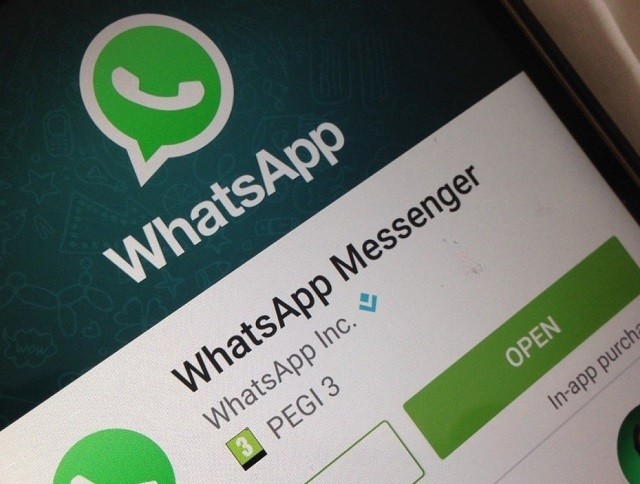
WhatsApp has revealed that it’s ditching its $1 yearly subscription fee, as the Facebook owned messaging app plans to rely on business accounts for revenue.
CEO and founder Jan Koum, who announced the move on Monday, at a Digital Life Design conference in Munich, Germany, added that the messaging app plans to evolve to its next phase as it approaches 1 billion users.
However, Koum promised that WhatsApp would not follow Facebook and Instagram in introducing adverts, saying that it would fund itself with business accounts.
Advertisement
To recover the lost revenue, WhatsApp said this year it would start testing new business models that would allow organizations to communicate with individuals, at the request of the user.
“We’re going to get rid of the $1 subscription,” Koum said, we haven’t written a single line of code, but we want to make sure people understand this is not about ads in the product.”
WhatsApp previously charged customers an annual subscription fee of $0.99 after their first year of using the service.
In a blogpost WhatsApp said: “People might wonder how we plan to keep WhatsApp running without subscription fees and if today’s announcement means we’re introducing third-party ads. The answer is no.
Advertisement
“Starting this year, we will test tools that allow you to use WhatsApp to communicate with businesses and organisations that you want to hear from.
“That could mean communicating with your bank about whether a recent transaction was fraudulent, or with an airline about a delayed flight. We all get these messages elsewhere today – through text messages and phone calls – so we want to test new tools to make this easier to do on WhatsApp, while still giving you an experience without third-party ads and spam.”
WhatsApp is one of several messaging apps, along with the likes of Viber, WeChat and Line, that flourished in the wake of 3G Internet access becoming almost ubiquitous. After it was acquired by Facebook in 2014 for $19 billion, the service continued to grow, and with 900 million users worldwide it currently leads the pack.


